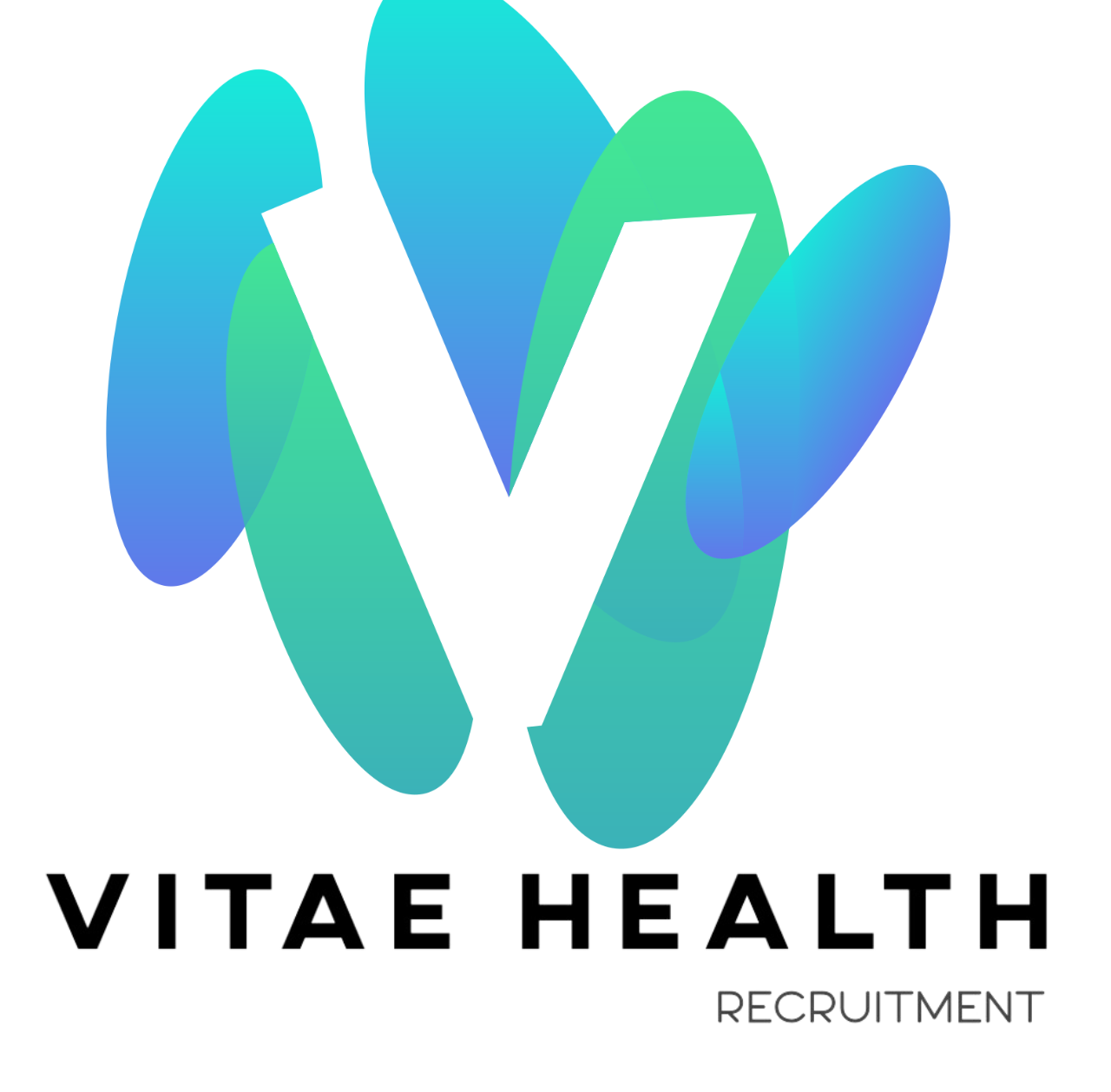
“`html
Rethinking Disaster Preparedness in HR After L.A. Wildfires
The recent wildfires in Los Angeles have served as a wake-up call for many organizations and their human resources departments. The unpredictable nature of such disasters requires a proactive approach in preparing for future incidents. It’s time for HR professionals to rethink their disaster preparedness strategies, ensuring the safety and well-being of employees while maintaining operational continuity.
Understanding the Importance of Disaster Preparedness in HR
Disaster preparedness isn’t just about having a plan in place; it’s about being ready for the unexpected. HR plays a crucial role in ensuring that employees are informed, safe, and able to recover from any disruptions caused by disasters such as wildfires.
The Impact of Disasters on Employees and Operations
Natural disasters can significantly impact employees both personally and professionally. Understanding these impacts can help HR professionals develop more effective disaster preparedness plans:
- Emotional and physical stress: Disasters can cause significant emotional and physical stress for employees, affecting their mental health and productivity.
- Operational disruptions: Facilities may be damaged, power outages may occur, and logistical challenges can arise, disrupting operations.
- Financial strain: Recovery and repair costs can put financial strain on both employees and the organization.
Key Steps to Enhance Disaster Preparedness
Develop a Comprehensive Disaster Plan
An effective disaster preparedness plan should cover all potential scenarios and provide clear protocols for each situation:
- Risk assessment: Identify and assess potential risks specific to your location and industry.
- Response plan: Develop detailed response procedures for different disaster scenarios, including evacuation routes and communication strategies.
- Recovery plan: Outline steps for business recovery and employee support post-disaster.
Enhance Communication Channels
Clear and effective communication is vital during a disaster. HR should establish robust communication channels to keep employees informed:
- Emergency contact systems: Implement systems like text alerts, emails, or mobile apps for real-time updates.
- Regular updates: Keep employees informed about the status of operations and any changes to work conditions.
- Open feedback loop: Encourage employees to share their concerns and feedback to improve preparedness measures.
Provide Employee Training and Support
Training and support are essential elements of disaster preparedness:
- Regular drills: Conduct regular drills and training sessions to familiarize employees with emergency protocols.
- Mental health support: Provide access to mental health resources and support for employees experiencing trauma.
- Flexible work arrangements: Consider flexible work policies to accommodate employees during recovery.
Leveraging Technology in Disaster Preparedness
Technology can be a powerful tool in enhancing disaster preparedness efforts:
Use of Data and Analytics
Data and analytics can help HR teams anticipate and respond to disasters more effectively:
- Risk modeling: Use data to model potential disaster scenarios and plan accordingly.
- Employee tracking: Implement systems to track employee locations and safety during disasters.
Automation of Processes
Automating certain processes can ensure quick and efficient responses:
- Automated alerts: Set up automated alerts to notify employees of potential threats and safety measures.
- Resource allocation: Use automation to manage and allocate resources like first aid kits, emergency supplies, etc., effectively.
The Role of HR Leadership in Disaster Preparedness
HR leaders need to take charge and instill a culture of preparedness within the organization:
Building a Culture of Safety and Preparedness
Cultivating a safety-first mindset among employees is crucial for effective disaster preparedness:
- Regular communication: HR should regularly communicate the importance of disaster preparedness.
- Active involvement: Encourage employees to participate actively in preparedness drills and training.
Collaboration with External Partners
HR can collaborate with external partners to enhance disaster preparedness:
- Local authorities: Coordinate with local emergency services for timely assistance during disasters.
- Community support groups: Build relationships with local support groups to aid in recovery efforts.
Conclusion
The L.A. wildfires have highlighted the critical need for robust disaster preparedness in HR. By taking proactive steps to develop comprehensive plans, enhance communication, provide training, and leverage technology, HR can ensure that employees are protected and operations can continue smoothly in the face of future disasters. It’s time for organizations to make disaster preparedness an integral part of their HR strategy to safeguard their most valuable assets—their people.
“`

“`html
Rethinking Disaster Preparedness in HR After L.A. Wildfires
The recent wildfires in Los Angeles have served as a wake-up call for many organizations and their human resources departments. The unpredictable nature of such disasters requires a proactive approach in preparing for future incidents. It’s time for HR professionals to rethink their disaster preparedness strategies, ensuring the safety and well-being of employees while maintaining operational continuity.
Understanding the Importance of Disaster Preparedness in HR
Disaster preparedness isn’t just about having a plan in place; it’s about being ready for the unexpected. HR plays a crucial role in ensuring that employees are informed, safe, and able to recover from any disruptions caused by disasters such as wildfires.
The Impact of Disasters on Employees and Operations
Natural disasters can significantly impact employees both personally and professionally. Understanding these impacts can help HR professionals develop more effective disaster preparedness plans:
- Emotional and physical stress: Disasters can cause significant emotional and physical stress for employees, affecting their mental health and productivity.
- Operational disruptions: Facilities may be damaged, power outages may occur, and logistical challenges can arise, disrupting operations.
- Financial strain: Recovery and repair costs can put financial strain on both employees and the organization.
Key Steps to Enhance Disaster Preparedness
Develop a Comprehensive Disaster Plan
An effective disaster preparedness plan should cover all potential scenarios and provide clear protocols for each situation:
- Risk assessment: Identify and assess potential risks specific to your location and industry.
- Response plan: Develop detailed response procedures for different disaster scenarios, including evacuation routes and communication strategies.
- Recovery plan: Outline steps for business recovery and employee support post-disaster.
Enhance Communication Channels
Clear and effective communication is vital during a disaster. HR should establish robust communication channels to keep employees informed:
- Emergency contact systems: Implement systems like text alerts, emails, or mobile apps for real-time updates.
- Regular updates: Keep employees informed about the status of operations and any changes to work conditions.
- Open feedback loop: Encourage employees to share their concerns and feedback to improve preparedness measures.
Provide Employee Training and Support
Training and support are essential elements of disaster preparedness:
- Regular drills: Conduct regular drills and training sessions to familiarize employees with emergency protocols.
- Mental health support: Provide access to mental health resources and support for employees experiencing trauma.
- Flexible work arrangements: Consider flexible work policies to accommodate employees during recovery.
Leveraging Technology in Disaster Preparedness
Technology can be a powerful tool in enhancing disaster preparedness efforts:
Use of Data and Analytics
Data and analytics can help HR teams anticipate and respond to disasters more effectively:
- Risk modeling: Use data to model potential disaster scenarios and plan accordingly.
- Employee tracking: Implement systems to track employee locations and safety during disasters.
Automation of Processes
Automating certain processes can ensure quick and efficient responses:
- Automated alerts: Set up automated alerts to notify employees of potential threats and safety measures.
- Resource allocation: Use automation to manage and allocate resources like first aid kits, emergency supplies, etc., effectively.
The Role of HR Leadership in Disaster Preparedness
HR leaders need to take charge and instill a culture of preparedness within the organization:
Building a Culture of Safety and Preparedness
Cultivating a safety-first mindset among employees is crucial for effective disaster preparedness:
- Regular communication: HR should regularly communicate the importance of disaster preparedness.
- Active involvement: Encourage employees to participate actively in preparedness drills and training.
Collaboration with External Partners
HR can collaborate with external partners to enhance disaster preparedness:
- Local authorities: Coordinate with local emergency services for timely assistance during disasters.
- Community support groups: Build relationships with local support groups to aid in recovery efforts.
Conclusion
The L.A. wildfires have highlighted the critical need for robust disaster preparedness in HR. By taking proactive steps to develop comprehensive plans, enhance communication, provide training, and leverage technology, HR can ensure that employees are protected and operations can continue smoothly in the face of future disasters. It’s time for organizations to make disaster preparedness an integral part of their HR strategy to safeguard their most valuable assets—their people.
“`
